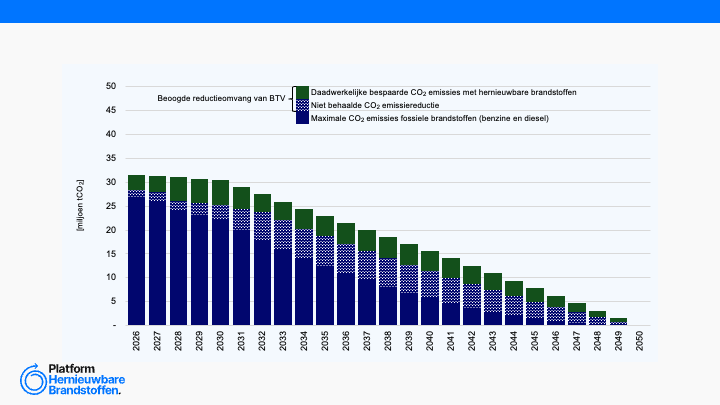Foresight Scenarios for the EU bioeconomy in 2050

In a collaborative foresight process four scenarios for the future EU bioeconomy until 2050 were elaborated in a new report:
- Scenario 1: Do it for us - proactive policy, Paris target nearly achieved (2 °C global temperature increase by 2100), no societal change (Business As Usual trend for consumption);
- Scenario 2: Do it together – integrative policy, Paris target fully achieved (1.5 °C global temp. increase by 2100), fundamental societal change (towards sustainable consumption);
- Scenario 3: Do it ourselves - societal action, Paris target missed (global temperature increase 2.5 °C by 2100), fundamental societal change (towards sustainable consumption);
- Scenario 4: Do what is unavoidable - reactive policy, Paris target clearly missed (3.5 °C global temperature increase by 2100), no societal change (Business As Usual trend for consumption).
From the report:
Initial reflections on transition pathways gained from these scenarios in 2050, with a focus on potential 2030 milestones, are:
- For Scenarios 1 and 2, key milestones are the New Green Deal (with expanded funds for e.g., massive extension and transformation of infrastructure), strengthening the ambition of the next Common Agricultural Policy (CAP) reform, to engage in bi- and multilateral trade policies to introduce agreed sustainability standards at least for bioeconomy-related commodities, implement border adjustments for the EU carbon tax to level the playing field between the EU economy and its trade partners, and implement bioeconomy investments into the EU Taxonomy (including 'crowdfunding').
- For Scenarios 2 and 3, strengthening the cultural and social activities is fundamental to foster the demand-side transformation, especially in food and transport systems. In Scenario 3, this will be a bottom-up dynamic, as EU (and Member State) policies remain reactive. In Scenario 2, this must be achieved through pro-active EU policy concerning consumers (better and clear labelling of sustainable products, taxes for non-renewable products and quota systems) well before 2030 to allow for consumers’ behaviour adaptation. Inclusive EU policies towards communication and education on the 'BioWEconomy' are crucial and should partner with actors from culture and arts to reach out more effectively to the EU citizens. A key milestone for this could be a series of media campaigns and (online) EU 'town hall meetings'.
- Scenario 2 also requires policy integration both horizontally (across sectors), and vertically (EU, Member States, cities and regions, citizens).
- For Scenario 4, there are no milestones, as it represents reactive policies and inertia on the business and citizen side. This 'muddle through' is an extension of past policies and may describe the future if no further action and change is pursued.
First insights for the future of the bioeconomy in Europe, and abroad, are:
- In Scenario 1 'Do it for us', policy focuses on the supply side only, which is effective to mitigate and adapt to climate change but creates strong trade-offs. Rising demands require more expensive supply-side measures than in Scenario 2, implying risks for social acceptance. A post- 2030 'New Green Deal' is crucial to foster innovation, and (some) collaboration with Member States. The social side of sustainability, and outside of EU impacts, are problematic, though.
- Scenario 2 'Do it together' follows an integrative approach and delivers best but is also most challenging. Bioeconomy policy must reach out to society, be inclusive towards Member States (diversity), and social movements. It also requires the post-2030 'New Green Deal'. The bioeconomy is built from the ground (bottom-up) and collaborative top-down (clusters and networking), also with partners outside of the EU.
- Scenario 3 'Do it ourselves' focuses on the demand side, with restricted effectiveness for climate change adaptation and mitigation by missing policy support and lagging transformation of businesses. Strong socio-cultural movements based on local action & networking are fundamental. Awareness-raising and education are not only a matter for (Member) States, but part of broad socio-cultural activities.
- Scenario 4 'Do what is unavoidable' is the most unfavourable, but may well be the most realistic, given the trends over the last three decades. A 'muddle-through' logic of short-sighted, uncoordinated, and non-integrated policies along levels as well as themes and sectors will cause much pain and losses.
The scenarios were explored by a network of Experts, brought together by the EC Joint Research Centre and DG Research and Innovation, under the context of the EC Knowledge Centr for Bioeconomy. Their assignment was to carry out a forward-looking analysis to explore possible scenarios towards a sustainable, clean, and resource-efficient bioeconomy, with a focus on climate-neutrality and sustainable development.
The report links to the 2018 updated Bioeconomy Strategy, published by the EU to develop a circular, sustainable bioeconomy for Europe, strengthening the connection between economy, society, and environment. The strategy addresses global challenges such as meeting the Sustainable Development Goals (SDGs) set by the United Nations and the climate objectives of the Paris Agreement. A circular, sustainable bioeconomy can be a core instrument for the Green Deal in the post-COVID-19 era, making the EU more sustainable and competitive.
More information about the report is found here.
More information about the 2020 Strategic Foresight activities of the European Commission are found here.
Recente artikelen
Analyse brandstoftransitieverplichting



